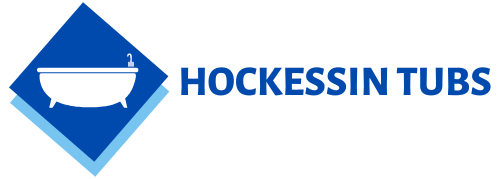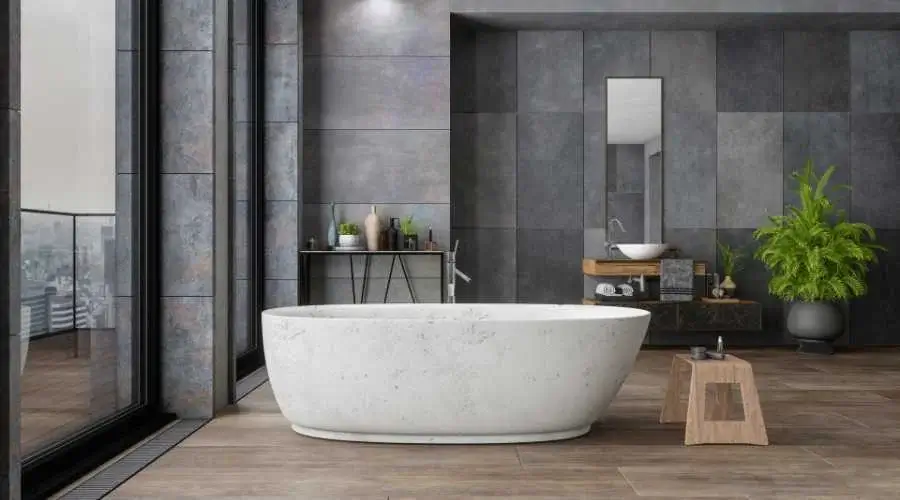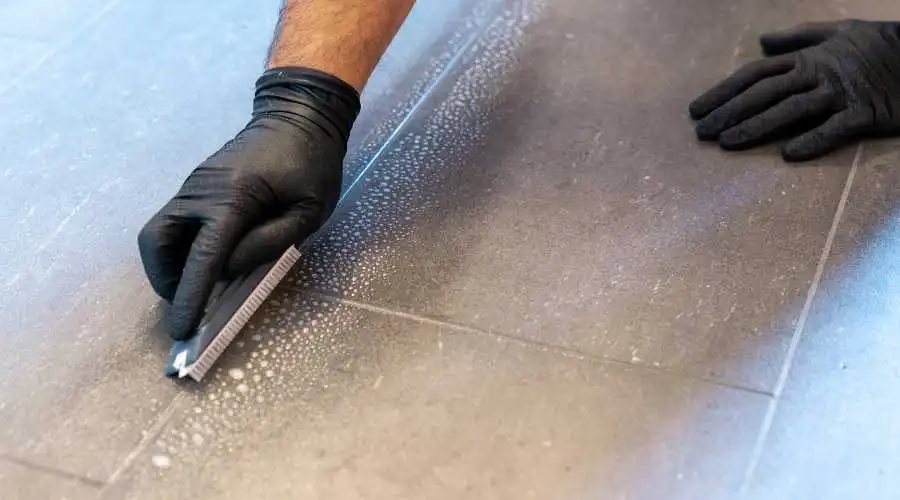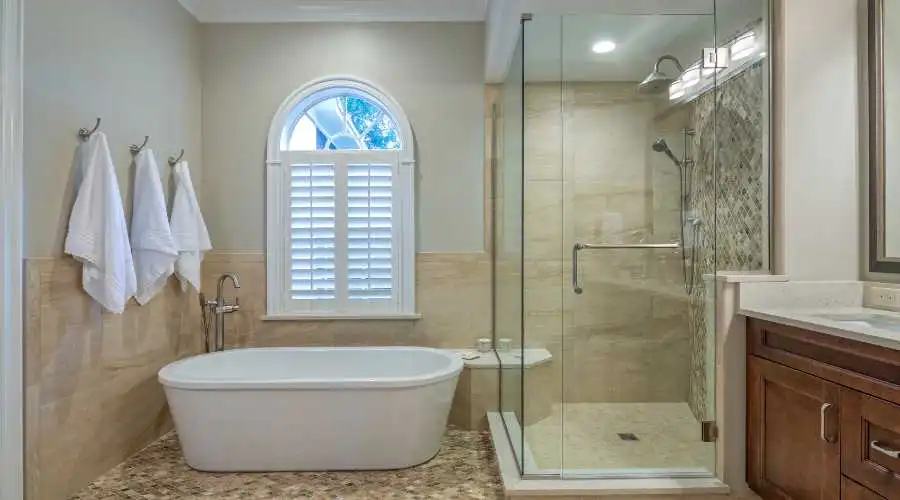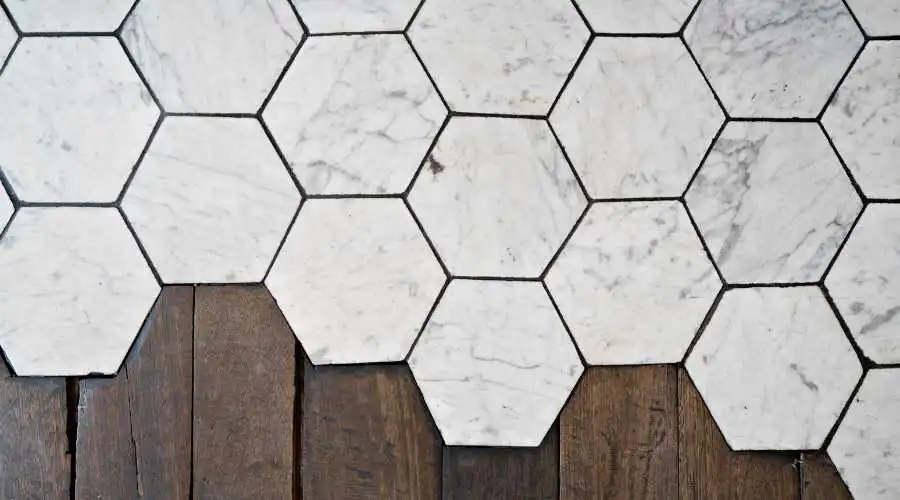Bathtub reglazing is one of the most delicate operations that need the service provider’s undivided attention. Even if you work exactly, accidents might occur due to various external situations, subpar materials/chemicals, and incorrect approaches.
Here’s all you need to know about bathtub or tray Reglazing services.
Common Bathtub Reglazing Issues
- Rough Texture: A rough texture occurs when the tub’s surface needs to be adequately sanded or cleaned.
- Faded: Fading occurs when the coating’s texture is too thin.
- Fractured: Cracking occurs when the coating fails to keep air and water out.
- Detached: This issue happens when the topcoat fails to connect with the surface, making it less sticky.
How can I minimize damage during bathtub reglazing in New Jersey?
- Prepare the surface properly. Because the reglazing procedure involves severe chemicals, it is essential to cover the bathroom with plastic sheets and secure it with adhesive tape.
- Removing old finish. Before you begin bathtub reglazing, you must first remove the previous finish. The tub has been sanded to provide a smooth surface.
- Making any necessary repairs. Another phase in the process of repairing chips and cracks. It will be adequately addressed by an expert bathtub reglazing NJ service provider.
- Thoroughly prime, reglaze, and coat. This is one of the most important actions that experts should take. The priming, reglazing, and
The coating process will take two to four days, and the bathroom should not be used until the surface is completely prepared.
Browse Hockessin Tub Reglazing’s website and schedule your service if you’re seeking experienced and genuine bathtub and tray Reglazing service providers.
